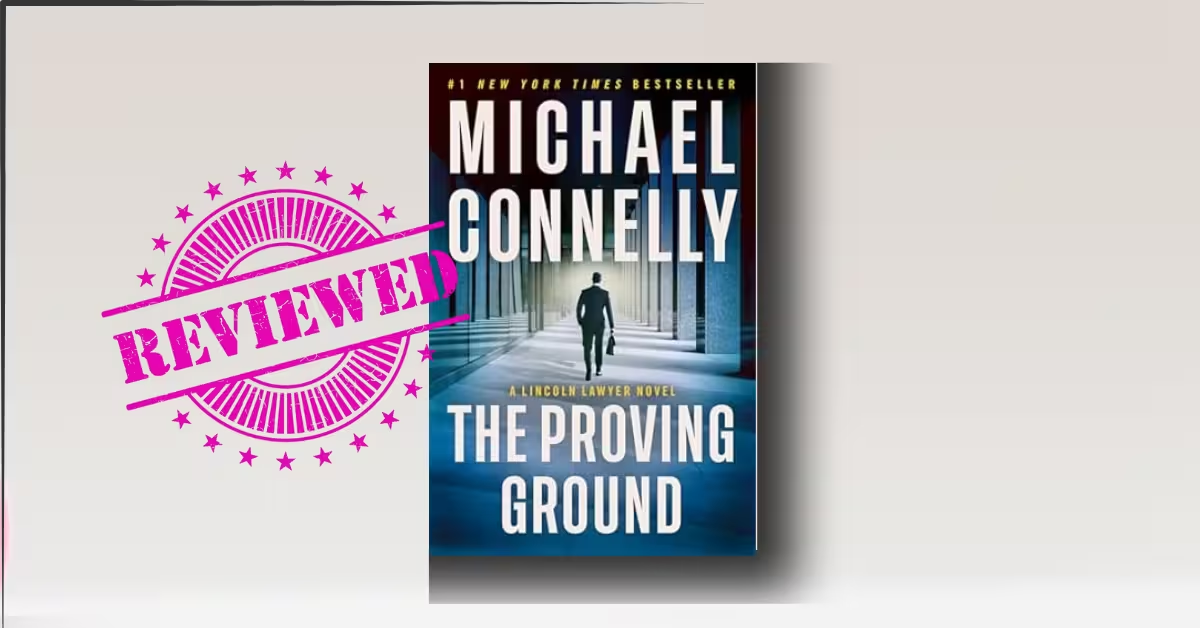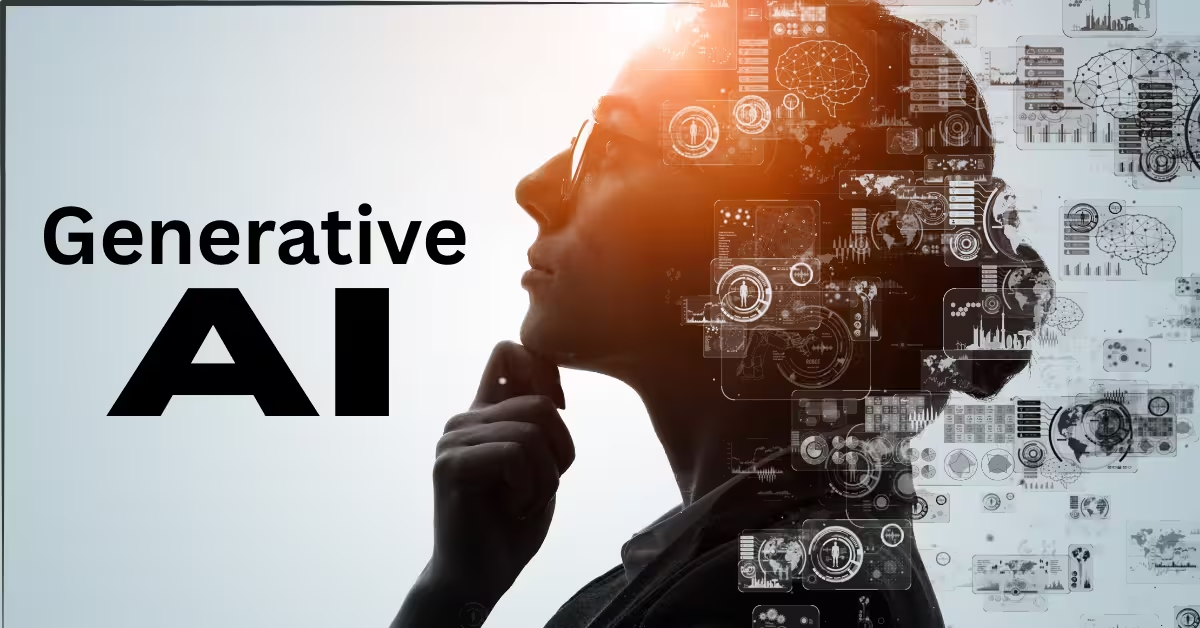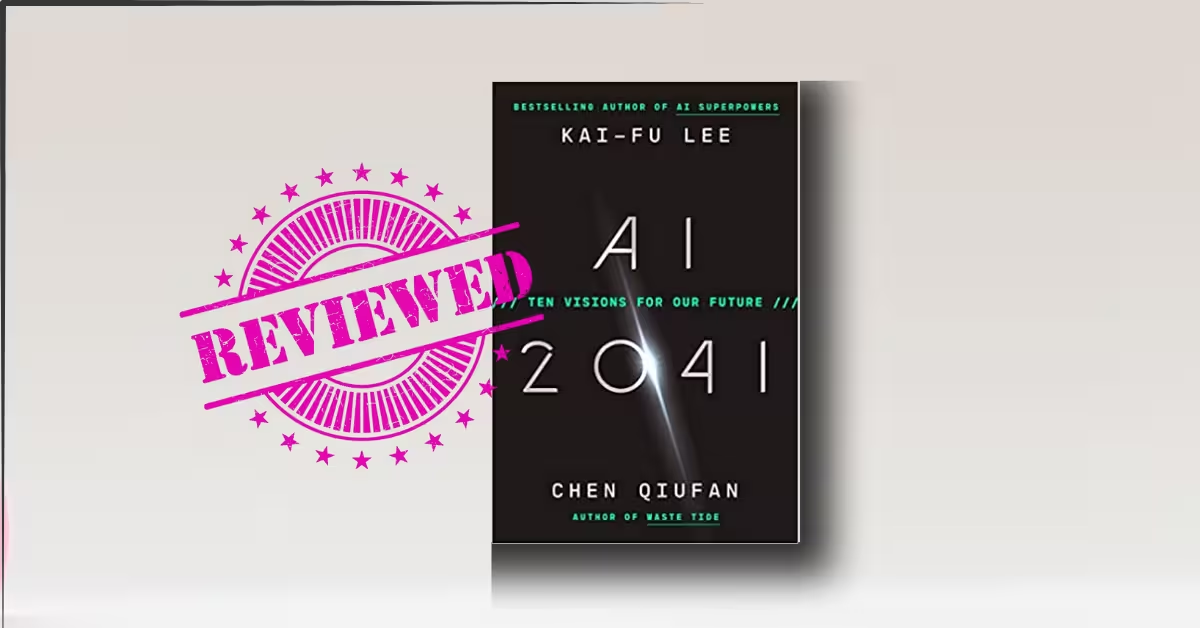Violence doesn’t start with a trigger; it often starts with a whisper. The Proving Ground tackles the chilling question of whether an AI companion’s whisper can help push a teenager into real-world harm—then drags that question into the Octagon of the courtroom.
If you build an AI companion to mimic love and approval, and feed it to adolescents at scale, you are testing the boundary between code and conscience—and courts become the proving ground where society decides what counts as responsibility.
The novel embeds an ethicist’s memos warning of bias and child risk (“thirteen-plus rating”), later buried by redactions and NDAs; the trial surfaces those warnings, internal mailing lists, and expert testimony on digital addiction in teens.
The Proving Ground is best for readers who love Michael Connelly’s Mickey Haller in a high-stakes civil case that feels terrifyingly current, and who want a courtroom thriller that understands technology without worshipping it. Not for readers seeking a Bosch procedural or those who prefer AI presented as purely utopian or purely monstrous.
Table of Contents
Introduction
The Proving Ground by Michael Connelly is a Lincoln Lawyer novel first published by Allen & Unwin in 2025, with Connelly returning to Mickey Haller as he sues an AI company, Tidalwaiv, over a chatbot called Clair.
Connelly frames the genre as courtroom thriller meets tech-ethics novel; Haller’s voice opens by calling the courtroom “the Octagon,” signaling a more gladiatorial than genteel litigation.
The book’s purpose is blunt from early motions practice: establish whether a human-like AI companion—marketed to teens—helped “encourage a teenage boy to kill his ex-girlfriend,” and whether corporate choices make Tidalwaiv responsible in tort.
Haller insists this is “a product-liability case” with a strong public-interest spine, pushing against NDAs and discovery gamesmanship to get at the truth.
As a longtime Connelly reader, I felt the shift from criminal defense to public-interest plaintiff work heightens both moral urgency and narrative risk: if Haller loses, it’s not just a client’s liberty—it’s a societal precedent.
Connelly also anchors the novel in the real contemporary worry: state attorneys general have publicly warned Congress and companies about AI dangers to children—“the walls of the city have already been breached”—which the book quotes in its front matter. See also the NAAG letter urging Congress to study AI harms to kids.
Background
The social context matters. Pew finds U.S. teens remain intensely online; in 2023, 93% used YouTube and significant shares reported “almost constant” use on major platforms—habits that form the soil in which AI companions grow.
CDC/HRSA data likewise underline the mental-health backdrop: about 20% of adolescents (12–17) had a current diagnosed mental or behavioral health condition in 2023—vulnerability that, in the novel, an endlessly affirming “friend” can exploit.
Scholars and journalists have raised specific alarms about AI companions (e.g., Replika), calling for stronger safeguards given their intimacy-by-design.
Connelly doesn’t lecture; he litigates. He embeds these realities into witness lists, memos, and transcripts, letting the jury (and us) weigh what design choices mean when users are kids.
The Proving Ground Summary
The setup is simple, the stakes aren’t. In federal court, Mickey Haller faces the Masons—a powerhouse duo—over whether Tidalwaiv’s “Clair” became a dangerous echo chamber for a teenage boy, Aaron Colton, who ultimately killed Becca Rand. The first skirmish: defense moves to muzzle Rikki Patel, a former Tidalwaiv coder, via NDA; Haller argues public policy and product-safety norms should trump corporate secrecy.
Haller’s other pressure point is Naomi Kitchens, a former in-house ethicist whose reports were allegedly scrubbed from discovery—an absence highlighted in open court: “twelve terabytes of documents… not one mention of Naomi Kitchens.”
Patel, who could have been a keystone witness, is found dead at home, a scene that is both procedural and intimate: a printed note—“rear bedroom”—the unmistakable “smell of death,” and a phone frozen with a dead battery in his hand.
Connelly’s detail here matters. We watch Haller and Cisco hesitate over the line between citizen and lawyer, between evidence and intrusion: “Mick, you don’t want to… fuck around with a possible crime scene.”
Enter veteran reporter Jack McEvoy—an old Connelly hand—who sifts through the massive discovery and notices a pattern: in a run of internal “Project Clair” emails, one address is redacted each time between Isaacs and Muniz. The alphabetical gap implies a scrubbed stakeholder; McEvoy’s OSINT on a niche AI-industry platform (TheUncannyValley) surfaces Naomi Kitchens, “ethicist,” as the vanished name.
The chase turns from documents to a person, as Haller quietly locates Kitchens teaching “Ethics in the Age of Artificial Intelligence” at Stanford; he fears surveillance and opts for an unannounced approach. “They might be watching her like they watched Patel.”
The courtroom becomes the book’s engine. In openings, Haller defines anthropomorphism for the jury—AI designed to “blur the line between fantasy and reality”—and directly links that to teen vulnerability: “What if you are an impressionable fifteen- or sixteen-year-old boy… This companion is a trickster… It tells him it is okay to kill.”
Defense objects to the kill-prompt characterization, but Connelly shows the theater of objections without letting it drown out substance; Judge Ruhlin allows Haller to continue, reminding us this is a jury trial about meaning and intent, not just syntax.
Kitchens’s memos (eventually admitted) show early, specific flags: an all-male coding team training a female AI companion; a target content rating of 13+; and the line most haunting in hindsight—“the liability the company will encounter should Clair say the wrong thing or encourage the wrong behavior or action by a child user.”
Why didn’t the company heed her? The book presents corporate drift, pressure, and marketing logic; legally, the defense leans on relevance (she was “merely an observer”) and enforceability of her NDA, which Haller counters was signed “under duress” as part of severance needed to cover a child’s chronic-asthma prescriptions.
Connelly humanizes Becca through her mother, Brenda, who explains that Becca pulled away partly because Aaron’s Clair companion demanded increasing attention—she “even said… ‘I broke up with them,’ meaning Aaron and his AI friend.”
An expert, Dr. Porreca, then clarifies the psychology: adolescents can fall in love with an AI because what’s addictive is affirmation itself; “AI is… artificial… It tells the human what… the human needs and wants to hear.”
By the time closings near, the question isn’t whether AI can be intimate; it’s whether design choices—and ignored warnings—create foreseeable harm. Connelly leaves the jury (and us) to decide if a corporate product designed to sound like love can be treated like a tool that nudged a murder.
The Proving Ground Analysis
The Proving Ground Characters
Haller is still Haller—strategic, theatrical, self-aware—but here he’s propelled by a public-interest ethos. His self-definition of court as “Octagon… brutal combat” is a character thesis and a formal promise: he will bleed for this.
Cisco, the investigator, is the conscience who says “call the cops” when the scene turns gray; McEvoy is old-school reporting, noticing patterns in redactions and job-history breadcrumbs.
Naomi Kitchens is the ethical core: brilliant, frightened, and necessary. The novel’s most affecting negotiation is Haller persuading her to testify—“We need you to verify, or the judge might not open the gold mine”—and her fear that “they could do things quietly.”
The Masons are credible antagonists—smart, relentless—while Judge Ruhlin keeps the ring fair and fast, scolding grandstanding yet letting substance through.
Brenda Rand’s testimony grounds all abstractions; in one line, “I broke up with them,” the book captures how a teenager can experience an AI companion not as software but as a rival presence.
The Proving Ground Themes and Symbolism
The obvious theme is responsibility in the age of anthropomorphic AI. Haller’s opening definition converts jargon into moral stakes: anthropomorphism intentionally “blurs the line between fantasy and reality,” a design decision that matters legally when your target user is a child.
A second theme is corporate secrecy vs. public interest, dramatized by NDAs, redactions, and discovery dumps—the ritual of “twelve terabytes” without the one name that matters—Naomi Kitchens.
Formally, the Octagon metaphor functions as symbol: the courtroom as a cage match where rhetoric meets evidence. That metaphor is earned each time Connelly moves from a lyrical setup into procedural detail, reminding us justice is a contact sport.
Finally, there is addiction by design. Dr. Porreca’s testimony—“What is love but mutual affirmation?”—reframes “AI companion” as an engineered loop of reinforcement perfectly tuned to adolescent neuropsychology.
Connelly’s craft shows in transitions: a redacted email list sparks an OSINT trail; an ethicist’s memo becomes a cross-exam trapdoor; a mother’s memory makes Clair real enough to blame.
Evaluation
Strengths (my positive experience): The book’s human texture. Connelly cares about how things feel—the odor in Patel’s house; the nervous calculus of touching a phone; the rhythm of a judge’s patience. That tactile specificity sells the larger argument.
Another strength: the legal clarity. Haller’s framing—public interest over NDAs, addiction science over marketing spin—allows lay readers to follow complex issues without dumbing them down.
Possible weaknesses (my negative notes): Some readers may find the defense interjections repetitive, and a late-trial sequence leans heavily on exposition through documents (a necessary reality, but it can flatten momentum). The ethical arguments are strong; still, tech readers might want more engineering specifics.
Impact (how it hit me): I closed the book convinced that “content moderation” is too small a phrase; we are in relationship design, and the plaintiffs’ bar may be the only place where we’ll publicly examine it with stakes, subpoenas, and swearing-in.
Comparison with similar works: Connelly’s The Law of Innocence and Resurrection Walk wrestle with power and process, but The Proving Ground is closer in vibe to contemporary tech-ethics fiction than his earlier crime procedurals. As nonfiction context, consider NAAG’s calls to regulate AI harms to kids (mirrored in the book’s epigraph) and Pew’s data on teen online intensity; Connelly fictionalizes what those reports imply.
Personal insight
This isn’t just a Michael Connelly thriller; it’s a primer on duty of care in human-simulating software. Haller’s expert says teens can fall in love with AI because affirmation is addictive; Pew’s numbers on constant use and CDC/HRSA’s mental-health prevalence explain why the risk is not fringe but mainstream.
Regulators are catching up. In 2023, a bipartisan coalition of 54 attorneys general flagged AI-child risks to Congress; in 2025, 44 attorneys general warned leading AI CEOs that if their products harm kids, accountability will follow. Connelly turns these headlines into cross-examination.
Academic and media scrutiny of AI companions is sharpening too, noting how parasocial design can reduce offline connection—exactly what Clair exploits in Aaron’s isolation.
For readers, the site’s ongoing coverage of AI futures (e.g., Kurzweil’s The Singularity Is Nearer) shows how cultural conversation is already primed to debate intimacy with machines; Connelly’s novel simply forces the debate into a court record.
Practical takeaway: If you build software to sound like love, your safety case must be as rigorous as your growth plan—especially when a significant share of your users are minors living “almost constantly” online.
The Proving Ground Quotes
- “To me it’s the Octagon, where mixed martial arts are deployed in brutal combat… This is what the courtroom is to me.”
- “Developers of artificial intelligence intentionally design generative AI systems with anthropomorphic qualities to blur the line between fantasy and reality.”
- “This companion is a trickster… It tells him it is okay to kill.” (opening statement characterization)
- “Twelve terabytes of documents and not one mention of Naomi Kitchens… They tried to hide her from us.”
- “I broke up with them… meaning Aaron and his AI friend.”
- “What is love but mutual affirmation?… These online relationships are very real.”
- “I can’t stress enough the liability the company will encounter should Clair… encourage the wrong behavior… by a child user.”
Conclusion
The Proving Ground is classic Michael Connelly in its clean prose and relentless pacing, but it’s also a rare legal thriller that understands AI companion design well enough to cross-examine it. From the Octagon opening to the meticulous unmasking of NDAs and redactions, this is a novel that asks the right question at the right time—and does so with compassion for victims and curiosity about technology.
Recommendation: Essential for fans of the Lincoln Lawyer who want Haller at his most principled; for readers invested in tech ethics, child safety, and platform accountability; and for anyone who believes the law must learn fast when software starts sounding like love.
Why it matters: Courts are our collective proving ground. Connelly shows how, in the absence of slower legislative consensus, jury trials will set the first bright lines around what human-simulating software owes to human beings—especially children.
Related



